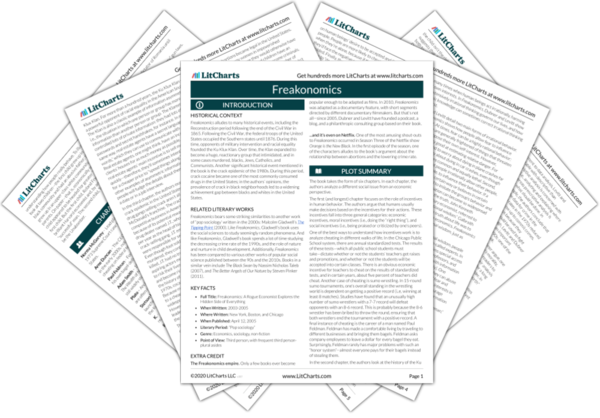If it’s irrational for foot soldiers to risk their lives for a meager salary, then it’s
also irrational for aspiring actors to move to Hollywood and wait tables. There are hundreds of businesses with enthusiastic applicants at low-level positions—so enthusiastic that they’re willing to work long hours for minimum wage, in the hopes that they’ll be promoted and make more money. Of course, it doesn’t take time for these employees to lose their enthusiasm, once it becomes clear that they stand almost no chance of getting promoted. Thus, J.T.’s foot soldiers tended to leave the crack business early on.
